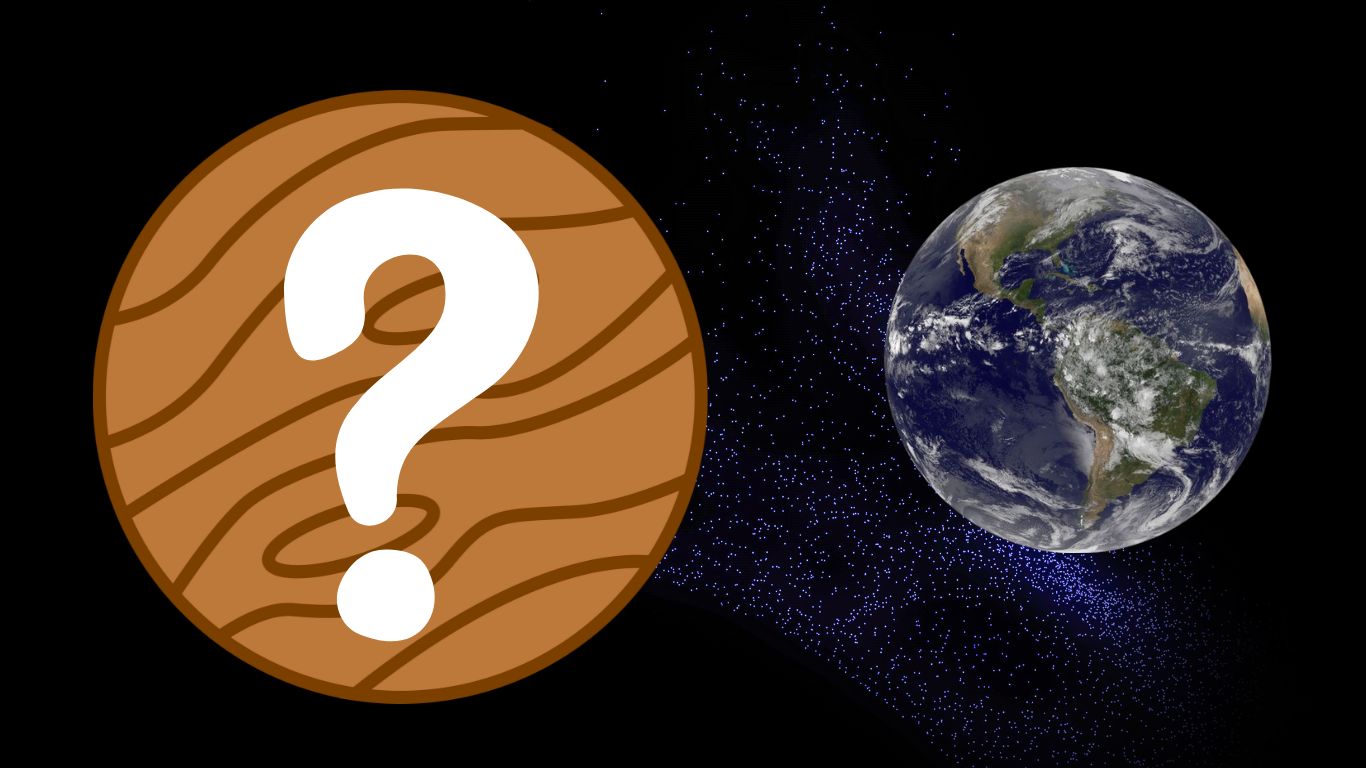The desperation to know the answers of these questions like ‘are we the only humanoid species in the entire universe?’, ‘do aliens exist?’, can any other planet apart from earth hold life?’ have sustained into us earth natives from a very long time.
And now in a recent news, in a prolongation to life-finding quest on other planets, scientists have come across a rocky planet with an atmosphere, which they have named ‘super-earth’. This planet is twice the size of earth and it’s astronomical name is 55 Cancri e.
The blanket of atmosphere around the planet consist of carbon dioxide and carbon monoxide. Whereas, earth’s atmospheric blend is nitrogen, oxygen, argon and other gases.
“It’s probably the firmest evidence yet that this planet has an atmosphere,” Ian Crossfield, an astronomer at the University of Kansas who studies exoplanets and was not involved with the research told the news agency.
But why is this rocky planet’s discovery is so significant? Can it be inhabited?
But, first what do we know about the planet?
According to Nature’s Journal, Though the planet is twice the size of earth, but it is smaller than Neptune. It orbits around a sun that is slightly dimmer and smaller than our sun. It takes 18 hours to complete an orbit.
“The atmosphere (of the planet) is likely rich in carbon dioxide or carbon monoxide, but can also have other gases such as water vapour and sulfur dioxide. The current observations cannot pinpoint the exact atmospheric composition,” planetary scientist Renyu Hu of NASA’s Jet Propulsion Laboratory and Caltech, lead author of the study told Reuters.
The exoplanet, 41 light years away from Earth, circles its star Copernicus so closely that it has permanent day and night sides. A light-year is nearly six trillion miles (9.7 trillion kilometres).
Can life thrive there?
The super-earth’s surface is encrusted with magma oceans. Its boiling temperatures can reach as hot as 4,200 degrees Fahrenheit(2,300 degrees Celsius). So, it is hot as hell to host a life.
“The planet cannot be habitable,” Hu said because it is too hot to have liquid water, considered a prerequisite for life.
“Indeed, this is one of the hottest-known rocky exoplanets, [but] there are likely better places for a vacation spot in our galaxy,” astrophysicist and study co-author Brice-Olivier Demory of the University of Bern’s Center for Space and Habitability in Switzerland, using the term for planets beyond our solar system told Reuters.























